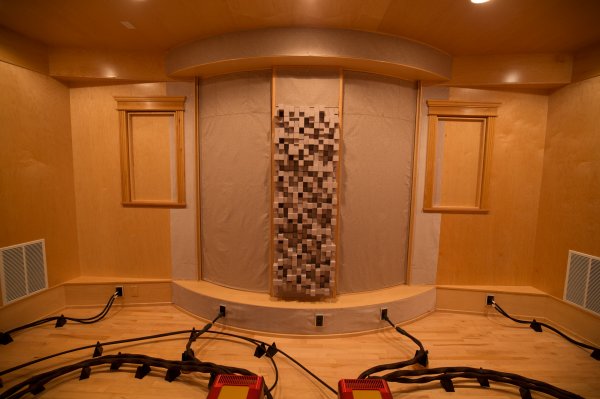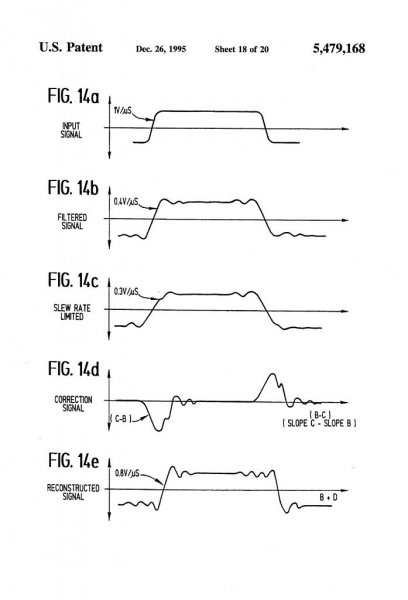Probably. We have an example of this in the ESS DAC video presentation that Mallinson did - he showed the noise floor modulating with volume (which they claim they fixed but subsequent measurements of ESS DAcs show vestiges of this still). All I know is that when I address what I believe are noise issues & noise stability issues in my modifications, I hear audible improvements. I would love to have the time, resources & expertise necessary to do these measurements but I don't.Sounds reasonable. Do you think the noise floor modulates up and down with the volume of the signal? The complexity of the signal? I imagine the answer is probably "Yes."
To me this absence (or reduction) of noise floor modulation is one of the characteristics a good audio reproduction system that makes it mor realistic sounding. Funnily enough - this seems to be more crucial at the front end of the reproduction chain, more than the back end - so DACs more than speakers are the problem areas. In some ways it's not surprising, as whatever signal at the front end gets amplified through the chain, including the noise floor element of the signal. I also just have a gut feeling that we are more sensitive to this noise floor mod than current audibility threshold thinking would have us believe.
Why aren't these measurements done? Probably because it would not be very flattering to equipment & who is going to be the first to make the measurements of their equipment public? I reckon the marketing people have a lot to say about doing or not doing thisWhy not? If your theory of the modulating noise floor is correct, these measurement would, I'd think, be critical to quality product development.
Last edited:




